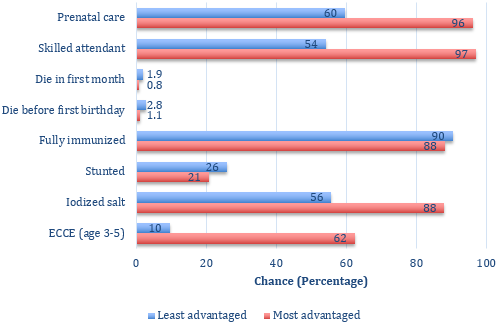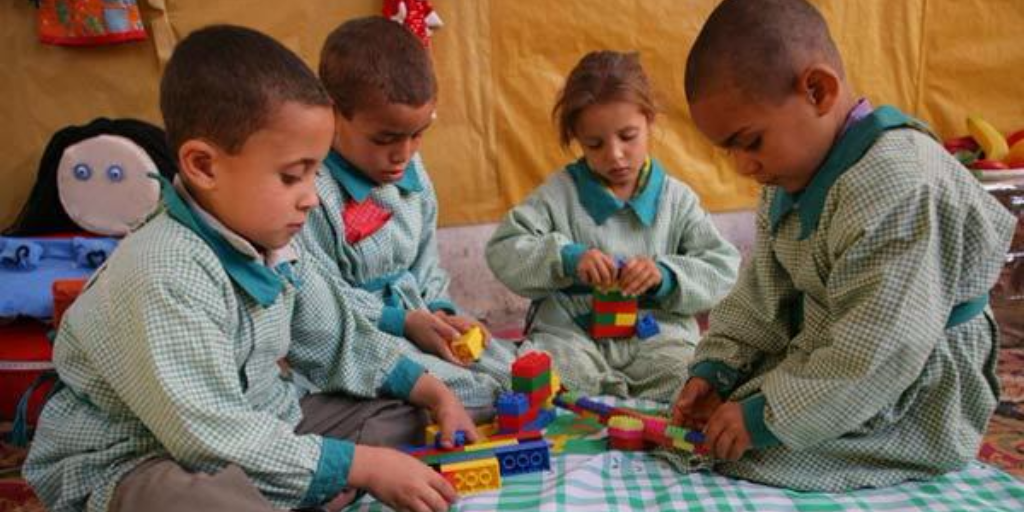Every year on November 20, the world celebrates Universal Children’s Day to promote the concept of togetherness and to call for children’s welfare worldwide.
The day was established by the United Nations (UN) in 1954 when the General Assembly adopted the declaration of the Rights of the Child.
While Universal Children’s Day aims to advocate and promote the basic rights of children, the developing countries might be facing issues that take their toll on the basic rights of children.
Egypt has been facing acute economic circumstances for over a year now following the flotation of the Egyptian pound; children are suffering from the repercussions of the price hikes just like adults.
Multiple statistics and studies revealed that Egyptian children are still agonized by the violations of their basic rights, including child labour and the violence against them.
According to the Egyptian Child Law, the term “child” within the context of care and welfare, shall mean all individuals who have not reached the age of 18 years old.
Child Labour
In the year 2010, there were about 1.6 million children working in Egypt, according to a study conducted by the Central Agency for Public Mobilization and Statistics (CAPMAS) and the International Labour Organization (ILO).
The number, then, surged to 2.7 million in 2014, according to statistics by the World Food Program and the European Union. The UNICEF said that about 5.6 percent of these children work in tough environments and inhumane conditions.
Given the acute economic status the country is going through, children and their families have chosen to find jobs over going to schools for education. Naturally, the increasing rate of child labour in Egypt negatively and directly affects their right to education.

Violence Against Children
Violence against children is often condoned and tolerated in the Egyptian society, and the excuse is “teaching them appropriate behavior”, according to a study commissioned by the UNICEF along with the National Council for Childhood and Motherhood.
Furthermore, the violence they are subject to is often exercised by their families. It more depends on the perception of families to violence against their children rather than the societal class they live in.
“Violence against children is unacceptable in any form, no matter what the circumstances. Violence threatens their very survival and undermines their development,” according to a report by the UNICEF on violence against Egyptian children.
The research covered four key aspects of violence against children; physical violence, emotional violence, sexual violence, which includes Female Genital Mutilation (FGM), and child marriage. It also supports services and alternative forms of discipline. Underprivileged areas in Egypt are highly afflicted by violence, and some children are beaten to death.
On the other hand, child marriages remain a pressing matter in the Egyptian society.
Although the legal age of marriage, for girls, in Egypt is 18 years old, customary marriages remain common for girls who have only reached puberty. According to a study published by the National Council for Women in 2013, 22 percent of girls are married before the legal age of marriage.

General Statistics
A quarter of births, approximately 26 percent, of children, in Egypt, did not receive prenatal care and a fifth, 21 percent, of birth deliveries were not attended by a skilled attendant, according to the World Bank.
Also, only 40 percent of children in Egypt aged 3-5 received have had some sort of early childhood care and education.

Children also face extreme life chances based on the backgrounds of their family in terms of healthy early childhood development.
Examples to be inserted

The report of the World Bank argued that children who have their families educated and live in Urban areas are advantages over children who live in Upper Egypt and their families are not on the same level of education, or illiterate. The latter usually receive unequal opportunities in healthcare and education.







Comments (0)